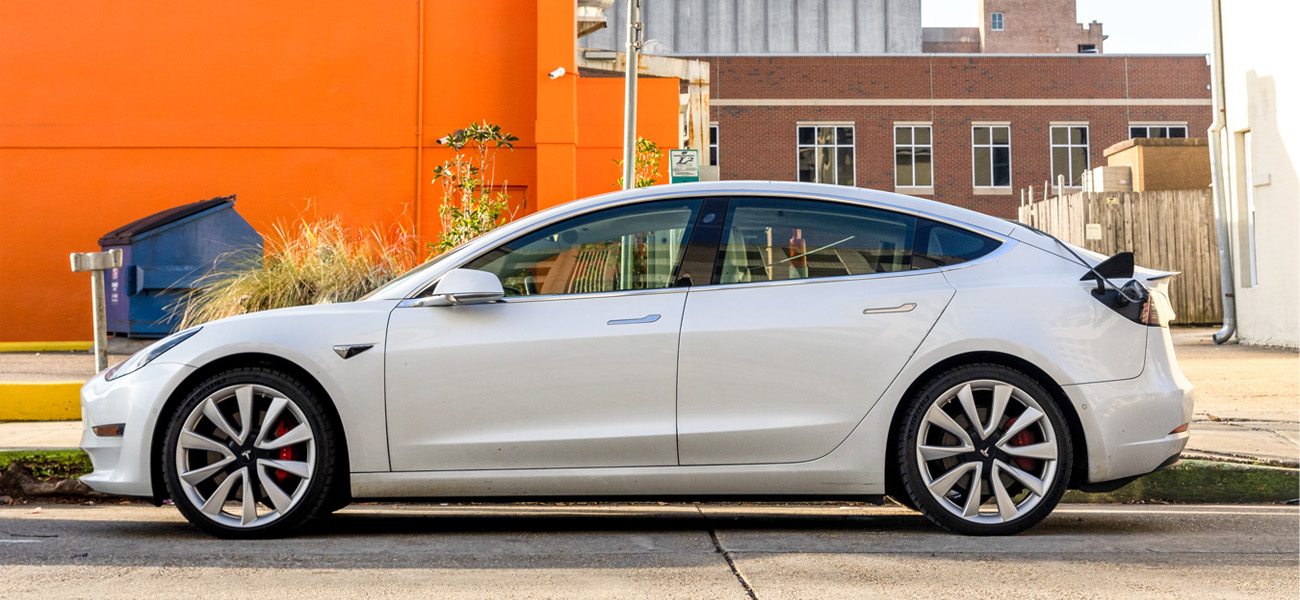
A guide to hybrid and electric vehicles
Electric cars aren’t perfect, but they are the future.
Range anxiety and charging infrastructure are among the biggest concerns for consumers thinking about dipping their toes in the market.
But the numbers speak for themselves, as both the charging network and vehicle availability are on target to grow exponentially this decade. And with each passing year, new models offer increased range and faster charger times.
|
|
Your mileage may vary, of course, but today’s electric vehicles (EVs) are often quieter, quicker and more powerful than their gas counterparts.
It’s not just Tesla with the cutting edge features anymore. American EV startup company Lucid Motors’ 2022 Air Dream Edition luxury sedan boasts a range of 520 miles—enough to take you to Florida and back. And Ford made headlines this past fall with a three-year-long waitlist for its highly anticipated F-150 Lightning truck, which has a towing capacity of up to 10,000 pounds and can even power a house during a power outage for up to three days. (Hello, hurricane season.)
Expect to see more charging stations around Baton Rouge in the near future—and probably a new flock of cars lining up to charge, too.
The growing infrastructure 
$73 million
Money that will be allotted to install new electric vehicle charging stations in Louisiana over the next five years. It’s part of the $1 trillion federal infrastructure bill, which includes $7.5 billion for new charging stations nationwide. Work on the chargers could begin around the country as soon as September.
47,000
The current number of EV charging stations in the United States.
500,000
The number of fast-charging stations Americans can expect to see added to public parking lots over the next eight years. This is a nearly 200% jump from the 6,000 stations currently considered fast-charging (which can top up some EVs in as little as 30 minutes).
Charging in Baton Rouge
DIGIT
43
Number of charging stations currently in the Capital City. Some are free, like the 10 downtown Green Park stations sponsored by Entergy. Some, like those at Whole Foods or local hotels, are intended for patrons of those businesses. Other stations operated by companies like ChargePoint or Tesla may require payment. Map them at plugshare.com.
Where will new stations go?
The current federal priority is installing chargers along interstates, where drivers can eventually expect to find them at least every 50 miles. Drivers shouldn’t have to drive more than 1 mile off the interstate to reach a charger. Gas stations could be converted to “fuel” stations offering a variety of fuel types, according to the Louisiana Department of Transportation and Development.
Charging on campus
Several Louisiana colleges were awarded funds last summer for installing new public charging stations. The money affords LSU the opportunity to add three chargers (in addition to the ones it already has), and Southern University will be able to install four. The funds come from the Louisiana Department of Environmental Quality as a part of the third round of a 2015 Volkswagen settlement.
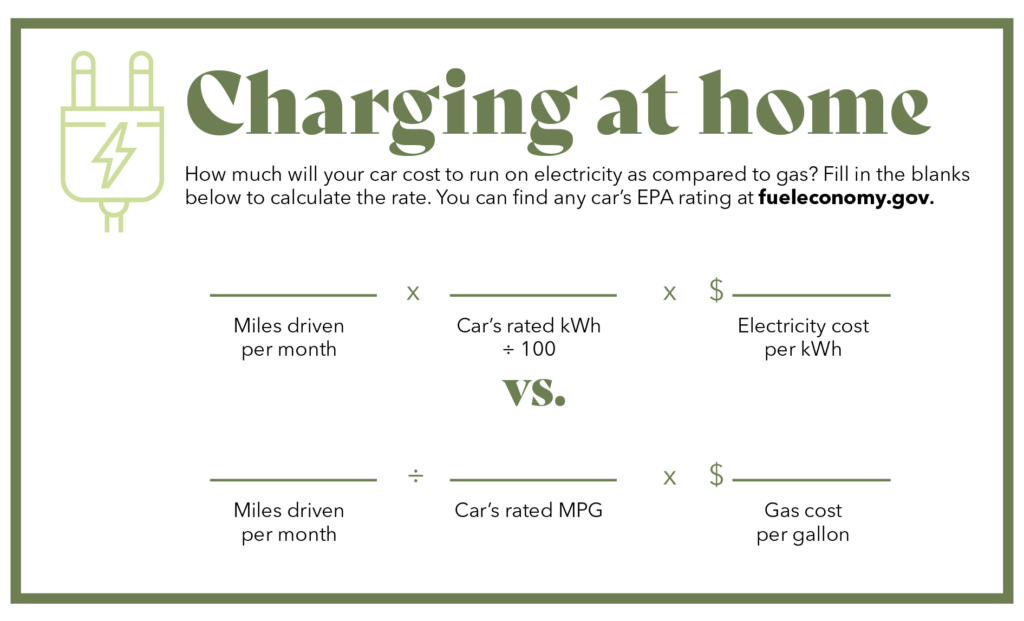

Hybrid vs. EV 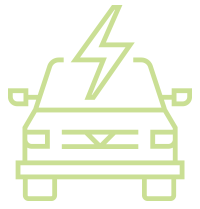
Hybrid: Runs on gas as well as an electric motor. The battery is charged through regenerative braking, improving fuel economy.
Plug-in hybrid electric vehicle (PHEV): Has an electric motor and gas engine, but can be driven in fully electric mode. The battery is recharged through an external power source. Most current PHEVs have an EV range of 20 to 50 miles. The efficiency and sustainability of PHEVs are dependent on driver behavior and charging habits, which is why some places like Europe will see automakers phase them out over the next decade.
Electric vehicle (EV): Runs on a rechargeable battery instead of gas, producing zero tailpipe emissions. Range on most 2022 models runs from 100 to 405 miles, with Tesla leading the pack.
DIGIT
35
Estimated maximum miles most Americans drive per day
How hard is it to get an EV right now? 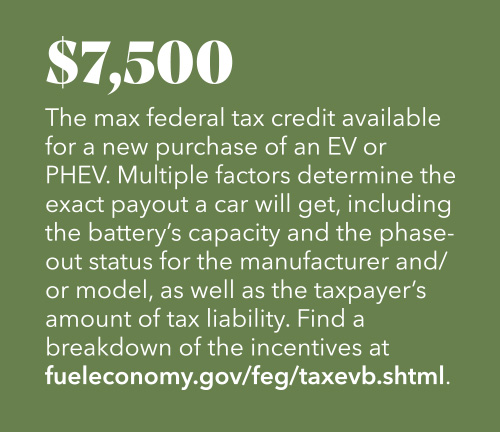
It’s not an easy time to buy any car, but EVs and PHEVs are even harder to come by. Some analysts think automobile shortages on all cars will continue until at least 2024, and only 2.4% of the already-stretched supply is occupied by hybrids or EVs. Until then, consumers are looking at a 12.2% year-over-year price increase for all new vehicles and a 40% increase for used cars, as of January 2022. As if those challenges weren’t enough, some electric models are only available in certain states. If you have your heart set on EV ownership, though, it’s not impossible. Call your dealership(s) and get on the waitlist. And if you can’t find what you want, consider shopping out-of-state.
DIGIT
2030
The year the Biden administration aims to see zero-emission vehicles make up half of new auto sales. (For perspective, 4% of auto sales fell into this category in 2021.) Some manufacturers have committed to deadlines for producing fully electric lines, such as Volvo (2030) and General Motors (2035 for its full fleet of cars and light trucks).
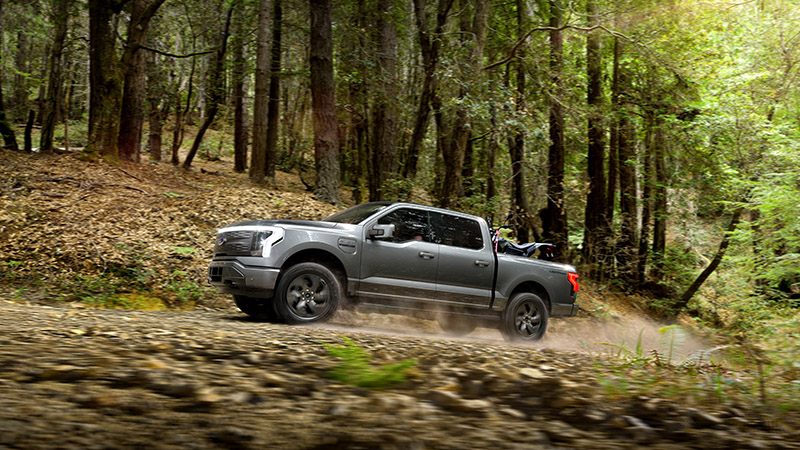
How sustainable are EVs?
EV batteries need electricity to charge, and they won’t truly be emission-free until that electricity is derived from renewable energy sources. The materials to make and ultimately recycle the batteries have been linked to air pollution, too. But total emissions associated with most EVs and PHEVs are still less than gas cars. Visit carboncounter.com for a a Massachusetts Institute of Technology visual comparison of expected total emissions for gas, hybrid, plug-in hybrid and electric cars.
DIGIT
$250
Cash incentive offered by Entergy to install a Level 2 EV charger plug. Other energy companies offer similar rebates or incentives, so be sure to check with yours.
SOURCES: Car and Driver, U.S. Department of Energy, Cars.com, Kelley Blue Book, The New York Times, Reuters, PlugShare, GreenPark Baton Rouge
This article was originally published in the April 2022 issue of 225 magazine.
|
|
|


